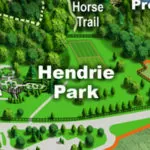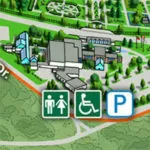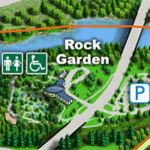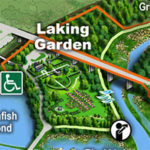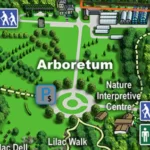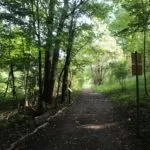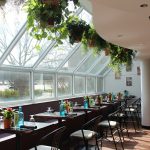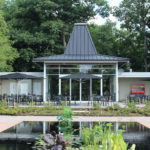| Membership | Price (+HST) |
|---|---|
| Single | $85/year |
| Single Plus | $120/year |
| Family | $130/year |
| Family Plus | $175/year |
| Contributing | $300/year |
| Supporting | $600/year |
| Sustaining | $1,000/year |
| Benefactor's Circle | $2,500/year |
| Director's Circle | $5,000/year |
| President's Circle | $10,000/year |
Periurban Biodiversity – Why does it Matter?
By Dr. David Galbraith, Head of Science, Royal Botanical Gardens.
Saturday 22 May is International Day for Biological Diversity 2021, and it’s a great time to think about why biodiversity matters close to home. Over 80% of Canadians now live in cities or other urban areas. Despite much of the territory of Canada consisting of large expanses of northern habitat like the boreal forest or the tundra, most people living within Canada are clustered in a band along its southern border. If biodiversity is going to be something that Canadians have access to, understand, and value, it’s important to see the value of that diversity right where people live.
In recent years the idea of periurban nature has taken hold — the natural systems of animals, plants, and microbes that live within and immediately around cities. This is really a natural thing to think about for Canada, as the highly-populated south is also the area of highest natural biodiversity in Canada. Biodiversity, the diversity of life at the ecosystem, species, and genetic level, is all around and even within cities. Natural areas, street trees, gardens, ravines and many other places where biodiversity is found greatly enhances human life within cities, and many of these areas and living systems also support the economy as well as contributing to cultural and aesthetic values.
We’re now undertaking the first assessment of the value of the ecosystem services provided to society by our natural areas and those of our partners in the Cootes to Escarpment EcoPark System, with the support of a grant from the Greenbelt Foundation. What does that mean? Working with very detailed maps of the natural areas, inventories of plants and animals, and information about how people use these spaces, consultants Green Analytics and North-South Environmental will tally up the value of all these services to the surrounding community, using published sources for how much each contributes. These services include habitat for fish and wildlife, recreational opportunities for area residents and visitors, control of surface waters by wetlands during flood events, habitat for pollinators, aesthetic appreciation by people, and other categories. Recently planners have started thinking about these services and the spaces that support them in a new way too, as green infrastructure.
While we may not commonly think of ecosystem services as having a dollar value, and they’re certainly not for sale, there is now a well-established process for estimating them. They add up to large amounts. In a large 2008 study, the David Suzuki Foundation estimated that wetlands, for example, in Ontario provide about $14,153/hectare of value to the people of the province every year, through flood control, pollution abatement, habitat for fish and wildlife, recreation, and other ecosystem services. The study estimated that in total, natural systems and green space provide over $2.6 billion per year of value to people within Ontario’s Greenbelt.
Those highly valuable ecosystem services depend on biodiversity. Our cities would be very dull without trees and birds, insects and fresh air — and much harder to live in too. Royal Botanical Gardens’ nature sanctuaries are part of this interesting, complex landscape of green areas, nature, and human uses, and were protected because nature makes life in cities better.
Sources:
Wilson, Sara J. 2008. Ontario’s Wealth, Canada’s Future: Appreciating the Value of the Greenbelt’s Eco-Services. David Suzuki Foundation. Available at: https://www.greenbelt.ca/gio_report
More from the RBG Blog
Check out RBG’s blog for announcements, articles, and more from Canada’s largest botanical garden.
Want to be sure you hear first? Sign up for our weekly e-newsletter to hear about upcoming events, weekend activities, articles, and more!

